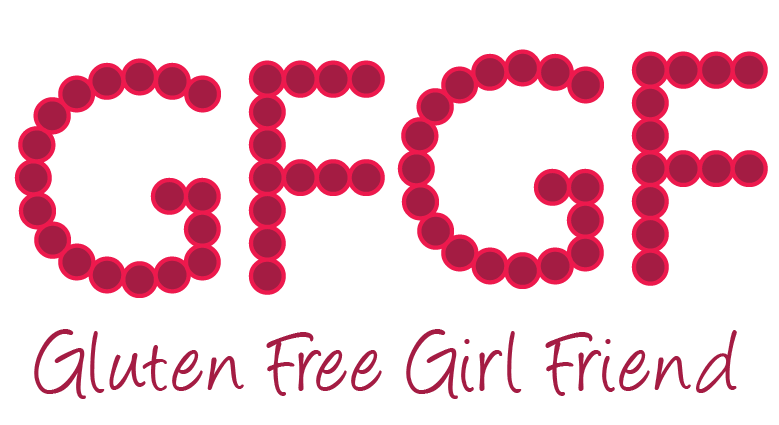Gluten is found in wheat, rye, barley, and any foods made with these grains.
Avoiding wheat can be especially hard because this means you should avoid all wheat-based flours and ingredients. These include:
- White Flour
- Durum Wheat
- Graham Flour
- Triticale
- Kamut
- Semolina
- Spelt
- Wheat Germ
- Wheat Bran
Foods that are usually made with wheat include:
- Pasta
- Couscous
- Bread
- Flour Tortillas
- Cookies
- Cakes
- Muffins
- Pastries
- Cereal
- Crackers
- Beer
- Oats (see the section on oats below)
- Gravy
- Dressings
- Sauces
This may seem like a long list, but there are gluten-free versions of these foods available in most grocery stores. You just have to look for them!
Gluten Surprises
You may not expect it, but the following foods can also contain gluten:
- broth in soups and bouillon cubes
- breadcrumbs and croutons
- fried foods
- imitation fish
- lunch meats and hot dogs
- matzo
- most chips and candy
- salad dressings
- self-basting turkey
- soy sauce
- rice and pasta mixes
Always be sure to check nutrition labels for gluten-containing ingredients and additives.
A few other points:
- Don’t forget that ingredients in food products change frequently, so always check before you buy something. There are many additives and ingredients that are wheat, rye or barley-based.
- If something is labeled “wheat-free” it is not always “gluten-free." While the product may not contain wheat, it may still contain rye or barley.
- If you have any question about whether or not something contains gluten, call the manufacturer and ask directly.
The Fuss About Oats
In the past, experts recommended that people on a gluten-free diet also avoid oats and food made with oats. This is because many companies that make oats process them in the same place as wheat products so cross contamination is an issue.
Most people are advised to avoid oats when they start a gluten-free diet because it has been debated so much in the past. However, research has shown that pure, uncontaminated oats in small amounts are usually tolerated. Eating oats can also help to provide fiber and other important nutrients.
If you do choose to include them, let your doctor know and only eat oats that are marked "gluten-free". Also, limit the amount you eat to ½ cup of dry oats or less per day.
Found from: Diabetes.org
Found from: Diabetes.org

No comments:
Post a Comment